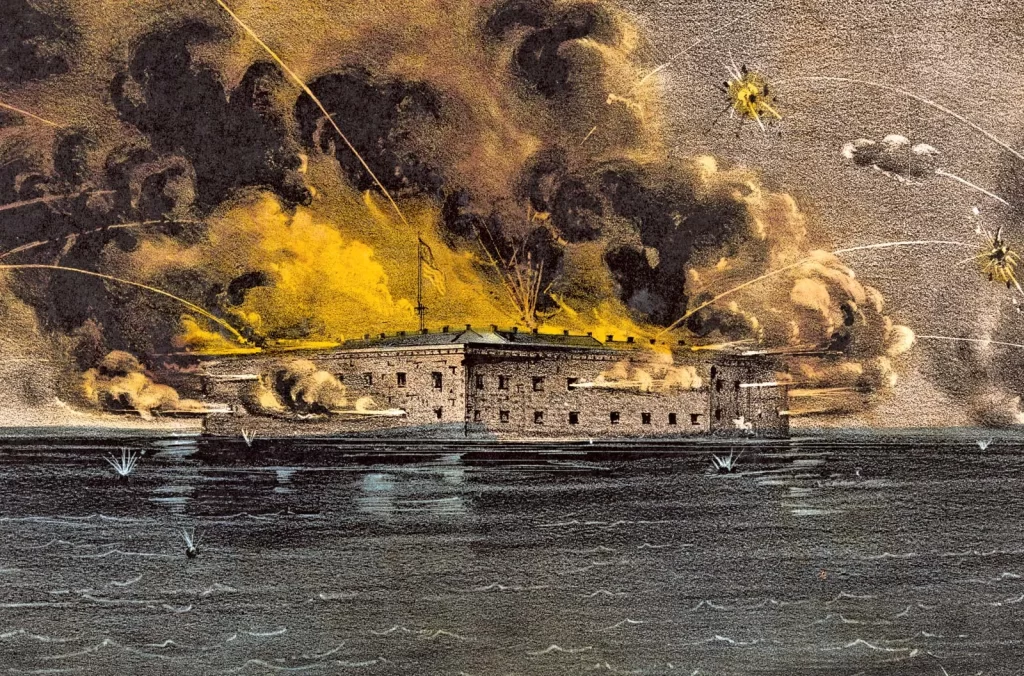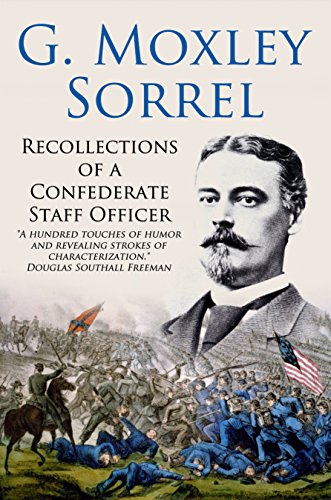
Volume 1 of “If We Are Striking for Pennsylvania” covered June 3 – 21, 1863, when Robert E. Lee’s armies implemented the Confederate decision to invade the North. Volume 2, picks up with the period June 22-30, 1863, as Lee’s army and that of Major General George Meade moved into the positions that would eventually become the Battle of Gettysburg. Co-authors Scott Mingus and Eric Wittenburg continue the masterful job they did with the first volume, placing the reader right in the thick of events and happenings.
Because Lee’s army was now on official northern soil, there is considerably more information provided about the civilian response. Rumors had been circulating for days; many Pennsylvanians believed Lee was aimed for the state capital of Harrisburg. Many people fled, including free blacks, who knew the confederates would send them south to slavery. But many had no choice but to stay, hoping for the best. Surprisingly, some areas even welcomed the invading Confederates.

Units and advance troops encountered (or sometimes stumbled upon) each other, and the small battles and skirmishes of the previous three weeks were repeated. There was also considerable looting; the Confederates felt no hesitation in doing to Pennsylvanian farms what had been done to Southern farms. Lee had ordered that no destruction be undertaken; his order was generally followed, with at least one major exception. Confederate General Jubal Early came upon the ironworks owned by U.S. Senator Thaddeus Stevens, long an ardent abolitionist. Early deliberately disobeyed Lee and had the ironworks destroyed.
Like its predecessor, Volume 2 is packed with photographs of officers and soldiers as well as very helpful maps. The maps in particular allow the reader to track Lee’s progress north and Meade’s movement as well. While the two armies were moving toward confrontation, Union troops were making as effort to strike at Richmond, as so many Confederate troops were with Lee.
And Meade found himself in a surprising position. Gen. Joseph Hooker had been head of the army, but he was removed from command during the Union army’s movement north and replaced by Meade. Gettysburg would be Meade’s trial as commander, and he would do well.

While the two-volume work tops on the eve of the first day of Gettysburg, the authors include an epilogue which summarizes what transpired. And it was a crucial battle; a Southern victory might have led to the Confederacy’s recognition by Britain and France. The authors include what was happening in both countries as the two armies approached each other in America.
Mingus, an author and speaker, has written or co-authored some two dozen books on the American Civil War and Underground Railroad. He was previously a new product development director in the global paper industry, He lives in Pennsylvania. Wittenberg, a practicing attorney, is a Civil War historian, author, lecturer, tour guide, and battlefield preservationist. He’s written numerous books and articles on the Civil War and lives in Ohio.
Volume 2 of “If We Strike for Pennsylvania” is every bit as good as Volume 1. Both books make for riveting reading, even if we do know the outcome beforehand. The officers, soldiers, and civilians at the time did not know what would happened, and Mingus and Wittenburg neatly convey the hopes, the fears, and the terror that people experienced.
Related:
“If We Are Striking for Pennsylvania,” Vol. 1 by Scott Mingus and Eric Wittenberg.












